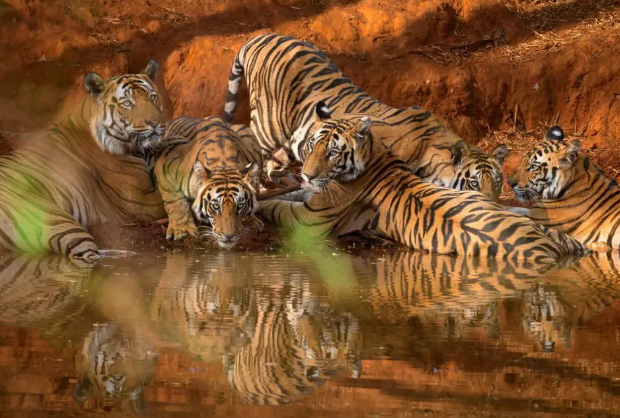The Bengal Tiger Project: A Look into Conservation Efforts
The Bengal tiger, known for its majestic beauty and striking appearance, is a symbol of wildlife conservation. With only an estimated 2,500 left in the wild, understanding and supporting conservation initiatives like the Bengal Tiger Project is crucial. This article will delve into the project’s goals, challenges, and its significant impact on biodiversity.
The Goals of the Bengal Tiger Project
The primary aim of the Bengal Tiger Project is to increase the population of Bengal tigers and ensure their long-term survival in their natural habitat. To achieve this, the project employs various strategies, including habitat preservation, anti-poaching measures, and community engagement. By creating wildlife reserves and protected areas, the project aims to provide a safe environment for tigers to thrive. Moreover, it emphasizes the importance of sustainable practices among local communities to reduce human-tiger conflict, ensuring coexistence rather than competition.
Challenges Facing Conservation Efforts
While the goals of the Bengal Tiger Project are commendable, numerous challenges hinder its success. One of the most significant issues is habitat loss due to deforestation, agriculture, and urbanization. As human activities encroach on tiger territories, their natural habitats shrink, leaving them vulnerable. Additionally, poaching remains a persistent threat, driven by illegal wildlife trade. The project faces the daunting task of combating these issues while also raising awareness about the importance of tigers in maintaining ecological balance. Effective education campaigns aimed at both locals and tourists are crucial for garnering support for conservation efforts.
The Impact of the Bengal Tiger Project
The impact of the Bengal Tiger Project extends beyond the preservation of tigers alone; it also benefits the entire ecosystem. By focusing on tiger conservation, the project contributes to protecting other wildlife species that share the tiger’s habitat. Healthy tiger populations are integral to maintaining the balance of the ecosystem as they help regulate prey populations. Furthermore, the project generates awareness and appreciation for nature among local communities and visitors alike, fostering a culture of conservation. As more people recognize the importance of biodiversity, support for such initiatives increases, ultimately contributing to more successful conservation outcomes.
In conclusion, the Bengal Tiger Project plays a vital role in protecting one of the world’s most iconic species. With its focus on habitat preservation, community engagement, and education, the project addresses the complexities of wildlife conservation. As we learn more about the challenges and successes of this initiative, we can take active steps to support these efforts. Engaging with local conservation programs, supporting wildlife tourism, or simply spreading awareness can make a difference. Join the fight to protect the Bengal tiger and help ensure a healthier planet for future generations.

